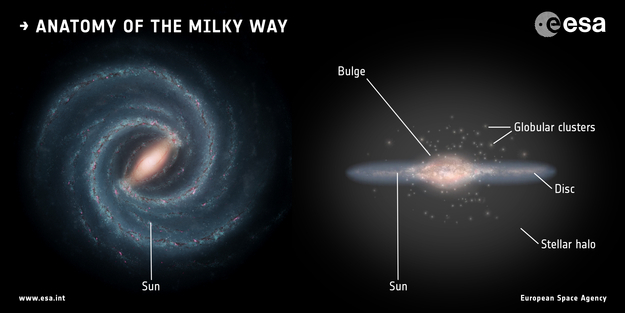19.05.2023

Chinese astronomers have recently transformed our understanding of the spiral structure of the Milky Way. They determined that it is more like a common multiple-arm galaxy, rather than a special galaxy with four spiral arms extending from its inner parts to its outer parts.
Largely speaking, there are three types of spiral galaxies in the universe. Grand-design spiral galaxies are characterized by clear, long and symmetrical spiral arms. Flocculent galaxies are fragmented, consisting of many short, irregular and patchy segments.
Multiple-arm spiral galaxies are of an intermediate type. About 83 percent of such galaxies have an inner two-arm symmetry and several irregular arms in their outer parts. Only about 2 percent have four spiral arms extending to their outer regions, and astronomers previously believed that the Milky Way was of this special four-arm type.
Astronomers from the Purple Mountain Observatory and the National Astronomical Observatories, both institutions under the Chinese Academy of Sciences, used all available high-precision astrometric data to trace and identify the spiral arms of the Milky Way.
The study, published in The Astrophysical Journal, shows that the Milky Way is a multiple-arm galaxy that has two-arm symmetry -- the Perseus and Norma Arms -- in its inner parts, which extend to outer parts and split into several long, irregular arms.
"The result makes the Milky Way no longer look special. The research team is preparing for higher-precision measurements in the future, with the hope of finally uncovering the spiral structure of the Milky Way," said Xu Ye, a lead researcher at the Purple Mountain Observatory.
Quelle: Xinhua
